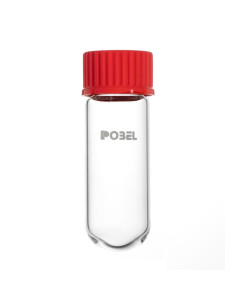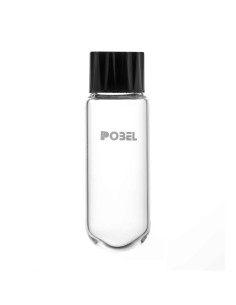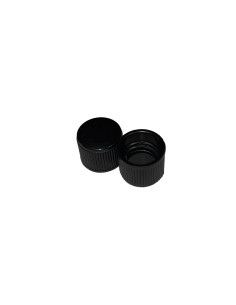In scientific environments, laboratory tubes are essential tools involved in nearly every experimental task. Whether in clinical analysis, chemical research, molecular biology, or quality control, these small vessels play a key role in sample handling. There are many types of laboratory tubes, each designed with specific characteristics depending on the procedure, substance, or technique being used. Choosing the right tube can make a big difference in the outcome.
What Are Laboratory Tubes and What Are They Used For?
Laboratory tubes are cylindrical containers closed at one end, made of glass or plastic, used to hold, mix, heat, centrifuge, or store liquids and solids during experiments or analytical processes. Their simple yet functional design makes them versatile tools suitable for a wide range of scientific applications.
Their function varies depending on the context: some are designed to withstand high temperatures, others to prevent cross-contamination, and some to endure extreme centrifugal forces. Understanding these differences is essential for ensuring experimental accuracy and laboratory safety.
Classification of Laboratory Tubes
Laboratory tubes are mainly classified based on their use, construction material, mechanical and chemical resistance, and design. Below are the most common types:
Test Tubes
These are the most well-known and widely used tubes. They feature a cylindrical shape, rounded bottom, and open top. Available in various sizes, typically between 10 ml and 50 ml, they may be made of glass (borosilicate) or plastic (polypropylene or polystyrene).
Main uses:
-
Mixing solutions
-
Direct heating (if glass)
-
Observing chemical reactions
Centrifuge Tubes
Designed to withstand high rotational speeds in centrifuges, these tubes come in conical or round shapes and often have caps to prevent spillage.
Common types:
-
15 ml and 50 ml conical tubes
-
Microtubes (Eppendorf) for microcentrifuges
-
High-strength tubes for ultracentrifugation
Kjeldahl Digestion Tubes
Designed to withstand high-temperature chemical digestion processes during nitrogen and protein determination using the Kjeldahl method. They are typically made of thick glass and are long and narrow.
Culture Tubes
Used in microbiology and cell biology to grow microorganisms or cells under controlled conditions.
Available options:
-
Sterile tubes with caps
-
Slant tubes with culture media
-
Reusable or disposable tubes
Nitrogen or Schlenk Tubes
Made from strong glass, these tubes feature adapters and valves to connect to vacuum lines or inert atmospheres (argon, nitrogen).
Nessler Tubes
Specifically designed for colorimetric tests in water and environmental analysis labs. These long tubes are made from optical glass to facilitate color measurement via spectrophotometry.
Other Specialized Tubes
There are many other types of laboratory tubes for specific uses:
-
Sample tubes: Used in clinical labs with color-coded caps.
-
Desiccator tubes: Thick-walled tubes for drying under vacuum.
-
Screw-cap tubes: For secure substance storage.
How to Choose the Right Laboratory Tube
Selecting the right tube depends on several key factors:
-
Type of sample: Liquid, solid, biological, chemical, etc.
-
Experimental process: Involving heating, centrifugation, or culturing.
-
Chemical compatibility: Some plastics react with organic solvents.
-
Mechanical resistance: Important in centrifugation or pressurized systems.
-
Regulations and certifications: Required for clinical or pharmaceutical use.
-
Equipment compatibility: Make sure the tube fits your centrifuge, incubator, or spectrophotometer.
Buy Quality Laboratory Tubes at Pobel
At Pobel, we offer a complete catalog of high-quality laboratory tubes, manufactured under international standards and tailored for each specific application. From test tubes to Schlenk tubes, we have everything you need for your lab to operate with precision and safety.
Not sure which one to choose? Our technical advisory team is ready to help you select the ideal tube for your process and needs.
Frequently Asked Questions
Which laboratory tube is used for centrifugation?
Centrifuge tubes, especially the 15 ml and 50 ml conical polypropylene tubes, are ideal for withstanding the forces generated during centrifugation.
What’s the difference between test tubes and culture tubes?
Test tubes are used for basic chemical reactions and observations, while culture tubes are designed for growing microorganisms or cells and require sterile conditions.
Can I reuse glass tubes for all processes?
It depends on the process. While glass tubes are reusable and durable, they must be properly cleaned and sterilized. Reuse is not recommended in procedures where cross-contamination can affect results.









